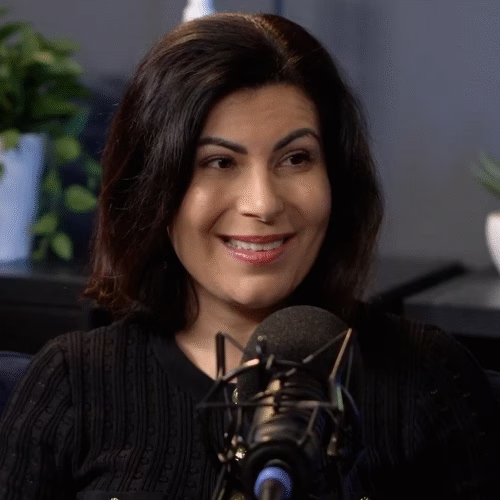The Synopsis
What does everyday racism in Australia actually look like?
In a recent episode of the Always Be Connecting podcast, host Linsey Houston sits down with Gloria Tabi, TEDx speaker, author, and founder of Enable Women Africa, to unpack the real-life impact of racism that doesn’t always come with slurs or headlines.
This isn’t about outrage. It’s about understanding the invisible systems that hold people back and what we can do to change them.
What is Everyday Racism in Australia?
Unlike overt hate, everyday racism in Australia often shows up in quiet but powerful ways: job applications rejected, rental inquiries ignored, or being told to “tone down” your natural hair in the workplace.
Gloria shares a striking story about applying for the same job as her white boyfriend. She had the degree; he didn’t. She helped him write his application and he got the interview. She didn’t.
This example highlights how bias is often built into systems, not individual attitudes.
Structural vs. Interpersonal Racism
Gloria explains that while verbal abuse is what many associate with racism, it’s structural racism that creates long-term damage.
“It wasn’t about how I applied,” she says. “It was about the assumptions they made from my name alone.”
This form of everyday racism in Australia shows up in hiring practices, school policies, healthcare access, even marketing materials that exclude people of colour.
The Power of Representation
One of the most compelling moments in the episode is when Gloria shares her decision to stop wearing wigs after 50 years. Why? Because she no longer wants to conform to Eurocentric standards just to be seen as “professional.”
This isn’t vanity, it’s visibility. And representation matters.
When organisations use marketing materials without real diversity, it subtly tells people they don’t belong. As Gloria says, “Out of sight, out of mind.”
What Can We Do About It?
Gloria’s advice is clear: Start with listening. Then take action.
She encourages leaders to ask questions like:
- Are we unintentionally limiting someone’s choices?
- Are our hiring practices inclusive or just familiar?
- Do our brochures, websites, and videos reflect real diversity?
Avoiding racism isn’t enough. To do better, we need to challenge systems and start showing up differently.
Final Thoughts: Change Starts with Awareness
Everyday racism in Australia won’t end overnight. But conversations like this help us move beyond defensiveness and into understanding.
Whether you’re a business leader, recruiter, marketer or just someone who wants to be part of the solution — this episode is a must-listen.



